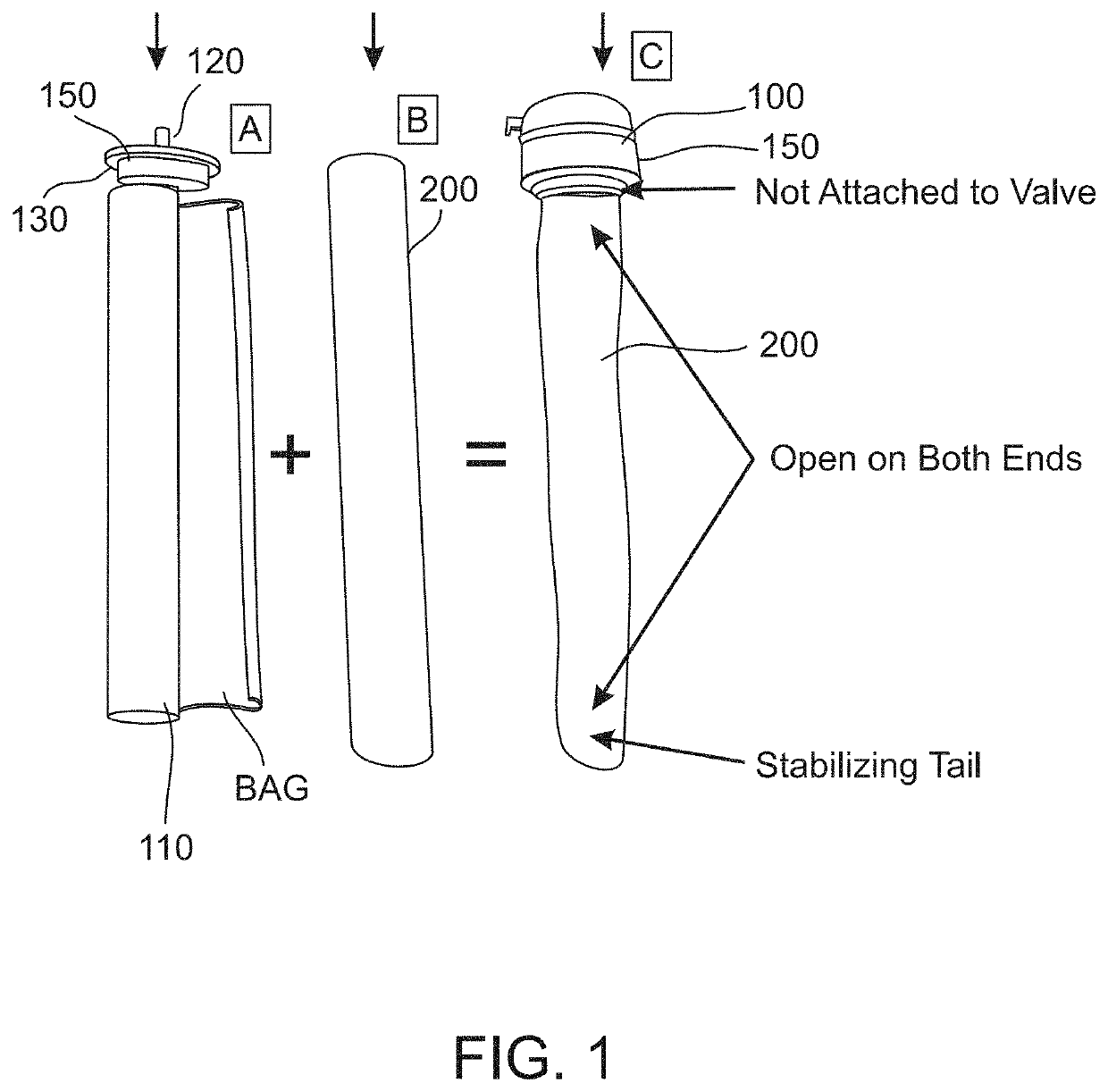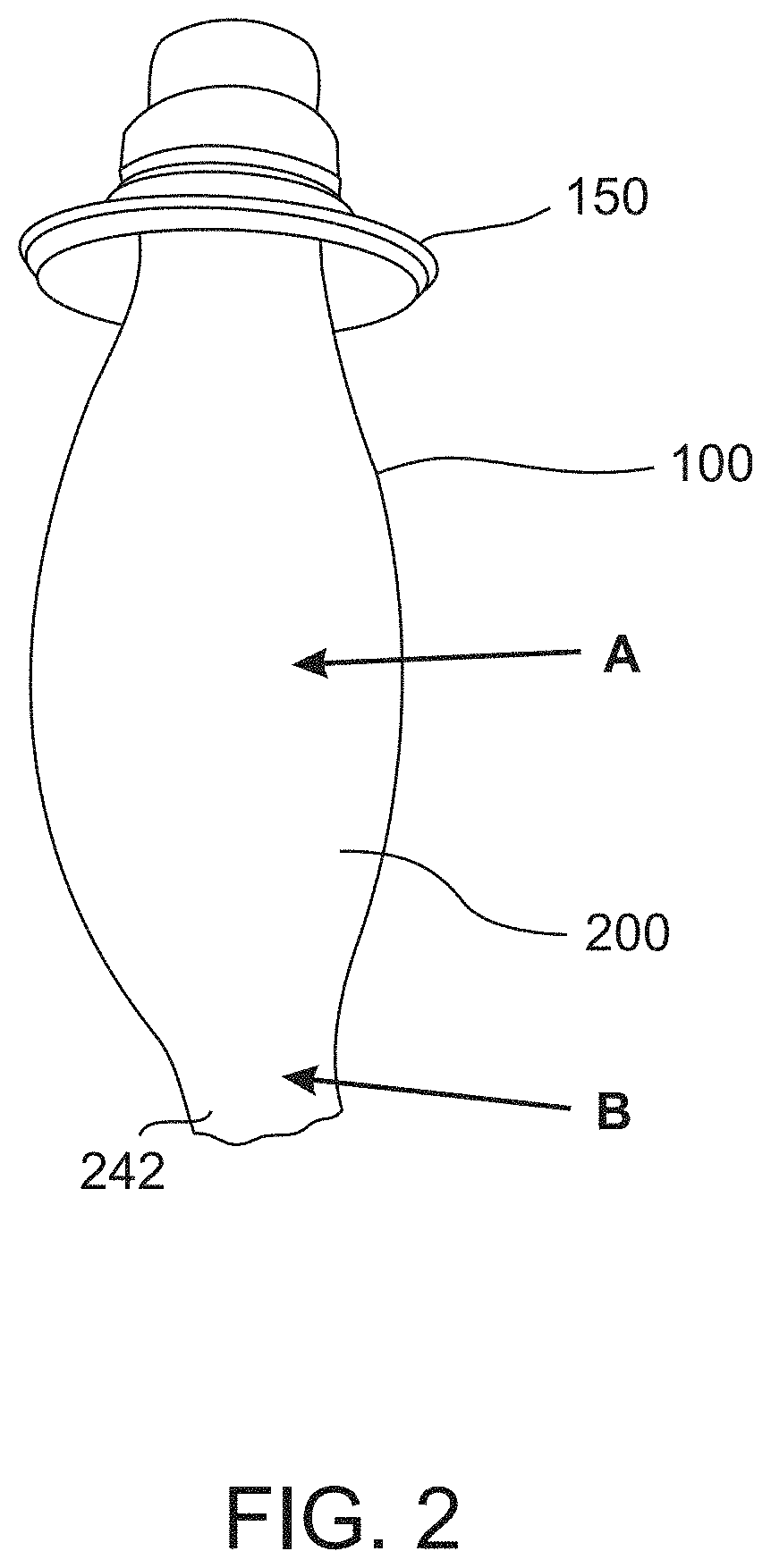Elastomeric composites exhibiting high and long-lasting mechanical strength and elasticity and devices containing same
a technology of elasticity and elasticity, applied in the field of material science, can solve the problems of large stretch ratio, lower mechanical strength, and rubbers characterized by lower elongation, and achieve the effects of improving elastic modulus, high elasticity, and high % elongation
- Summary
- Abstract
- Description
- Claims
- Application Information
AI Technical Summary
Benefits of technology
Problems solved by technology
Method used
Image
Examples
example 1
Preparation of Nanoclay Hybrids
[0663]Nanoclay hybrids are generally prepared by reacting commercially available MMT NCs, such as Cloisite 15A, with an antioxidant, as described herein, in an organic solvent (e.g., 600 ml), at elevated temperature, and thereafter adding to the mixture the mercaptosilane Si69, and optionally an acid (e.g., acetic acid or dodecylbenzensulfonic acid (Ufacid K)), added until a pH 3 is obtained. Reaction is then continued for several hours.
[0664]Preparation of RRA 194-2:
[0665]The preparation of RRA 194-2 is depicted in FIG. 1. In brief, to a suspension of Cloisite 15A in a mixture of chloroform:acetone 2:1 was added, while stirring, IPPD (an antioxidant), and upon heating for two hour at 80° C., Si69 and water were added, and the reaction mixture was heated for 7 hours at 80° C. Thereafter, the reaction mixture was poured onto a tray and dried for approximately 16 hours at room temperature.
[0666]Preparation of RRA 202-1 and RRA 206-2:
[0667]The preparation...
example 2
Elastomeric Composite Containing Commercial Nanoclays and Mercaptosilane
[0689]Elastomeric composites were prepared in a one-pot method, in the presence of commercially available organomodified nanoclays and mercaptosilane, with and without a plasticizer.
[0690]Table 1 below presents the ingredients of the tested elastomeric composites.
[0691]
TABLE 1ED01ED02ED03ED04NR (SMR 10)90.00 PB (BR 1220)10.00 zinc oxide5.00acid stearic2.00CLOISITE 30B5.00— 5.00—CLOISITE 15A—5.00— 5.00Mercaptosil (Si 69)5.00Plasticis1 (DOS)——13.5013.50Sulfur1.80Acceler1 (MBS)0.60Acceler2 (DPG)0.50Acceler3 (TMTM)0.25
[0692]FIG. 3 presents comparative stress-versus-strain plots of the tested elastomeric composites, and demonstrates the adverse effect of the plasticizer on the tensile strength of the composite.
[0693]The effect of plasticizer load was therefore tested, and composites comprising lower amount of the plasticizer were prepared, as depicted in Table 2.
[0694]
TABLE 2ED53GED56GED59GNR (SMR 10)90.00PB (BR 1220...
example 3
Elastomeric Composites Containing Nanohybrids
[0696]Elastomeric composites were prepared in a one-pot method, in the presence of commercially available organomodified nanoclays and mercaptosilane, or, alternatively, in the presence of an exemplary nanohybrid, RRA 194-2 (see, Example 1).
[0697]Table 3 below presents the ingredients of the tested elastomeric composites.
[0698]
TABLE 3ED11-RGED34GNR (SMR10)90.00PB (BR 1220)10.00zinc oxide5.00acid stearic2.00CLOISITE 15A10.00—Nanohybrid (RRA 194-2R)—15.00Mercaptosilane (Si 69)5.00—Sulfur1.80Acceler1 (MBS)0.60Acceler2 (DPG)0.50Acceler3 (TMTM)0.25
[0699]FIG. 5 presents comparative plots of the stress-versus-strain curves of the tested elastomeric composites.
[0700]FIGS. 6A and 6B present the tear resistance and Work of tested composites. The improved performance of elastomeric composites containing the nanohybrids is clearly demonstrated in FIGS. 5 and 6A-B.
[0701]In order to further improve the performance of the elastomeric composites, Carbon ...
PUM
| Property | Measurement | Unit |
|---|---|---|
| elongation | aaaaa | aaaaa |
| diameter | aaaaa | aaaaa |
| compressive pressure | aaaaa | aaaaa |
Abstract
Description
Claims
Application Information
 Login to View More
Login to View More - R&D
- Intellectual Property
- Life Sciences
- Materials
- Tech Scout
- Unparalleled Data Quality
- Higher Quality Content
- 60% Fewer Hallucinations
Browse by: Latest US Patents, China's latest patents, Technical Efficacy Thesaurus, Application Domain, Technology Topic, Popular Technical Reports.
© 2025 PatSnap. All rights reserved.Legal|Privacy policy|Modern Slavery Act Transparency Statement|Sitemap|About US| Contact US: help@patsnap.com



